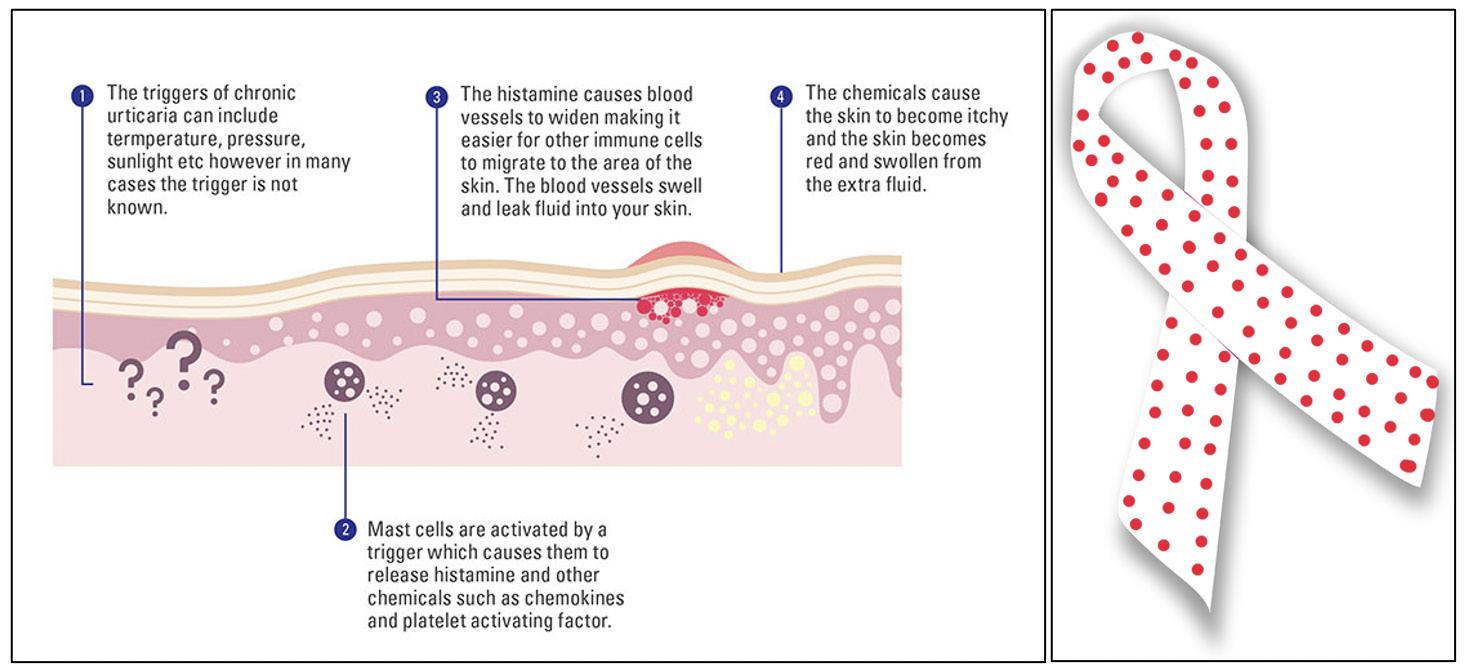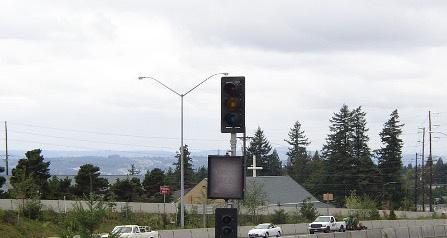Microbial Impacts from Climate Change BY SHAWN YOON '25 Cover Image: Microbial species living in soil are beneficial to nutrient distribution but can be harmful in large proportions. Image Source: Pacific Northwest National Laboratory, Creative Commons License
Introduction Representative Carbon Pathways (RCP) visual models have been designed to predict the levels of carbon-induced warming by 2100. Industrial activity and government policies in the status quo do not limit carbon emissions to the extent that they would promote significant changes in global warming. The visual model currently has multiple pathways, or directions, ranging from 2.6 to 8.5, that the world could take depending on the changes in carbon emissions. RCP 2.6 would be the best outcome, with the world developing into one where emissions are net-negative. Currently, the model predicts an increase of up to 4 degrees Celsius along RCP pathway 8.5, the worst of the outcomes derived from current warming levels. This is a stark contrast from the best possible outcome, RCP 2.7, which predicts under 2 degrees Celsius total by 2100 (Moore et al., 2013). Such visual models are crucial in depicting the current trajectory of carbon emissions. This is certainly cause for alarm. These carbon sinks, abiotic storages of high amounts of carbon content, are aggravated by further warming. The result is greater releases of carbon into the atmosphere. This could create multiple positive feedback loops among several different carbon sinks, including the ocean, vegetation, atmosphere, and soil. Such feedback loops would entail the processes of increasing
43
carbon dioxide in these sinks. With greater temperatures, the sinks release greater levels of carbon, resulting in an intensifying cycle over time. The most prominently researched sink remains the atmosphere, with the United Nations Environmental Commission requiring nations to set their own limits on greenhouse gas emissions. In its current state, soil as a sink stores 3000 petagrams (pg) of carbon (a third of the world’s carbon); in contrast, the atmospheric carbon dioxide levels reach around 600 pg. Storing immense amounts of carbon in the soil, the second largest sink behind oceans, is important to avoid unfavorable outcomes, such as RCP 8.5. For this to occur, researchers have suggested the carbon in the soil must be maintained or even increased in percentage (Pries et al., 2017). Unfortunately, the carbon from soils is prone to being emitted back into the atmosphere due to connectivity. As the atmosphere is connected directly to soils, along with oceans, carbon from respiration is deposited there. Mainly via soil respiration, the effects of this emission to the atmosphere are greatly influenced by the effects of soil temperature, demonstrating how such carbon sinks act as a network (Reth et al., 2005). With optimal temperatures, microbes can better maintain homeostasis and respire to greater extents, increasing carbon dioxide emissions. The impacts of soil as a mitigating factor of climate DARTMOUTH UNDERGRADUATE JOURNAL OF SCIENCE











